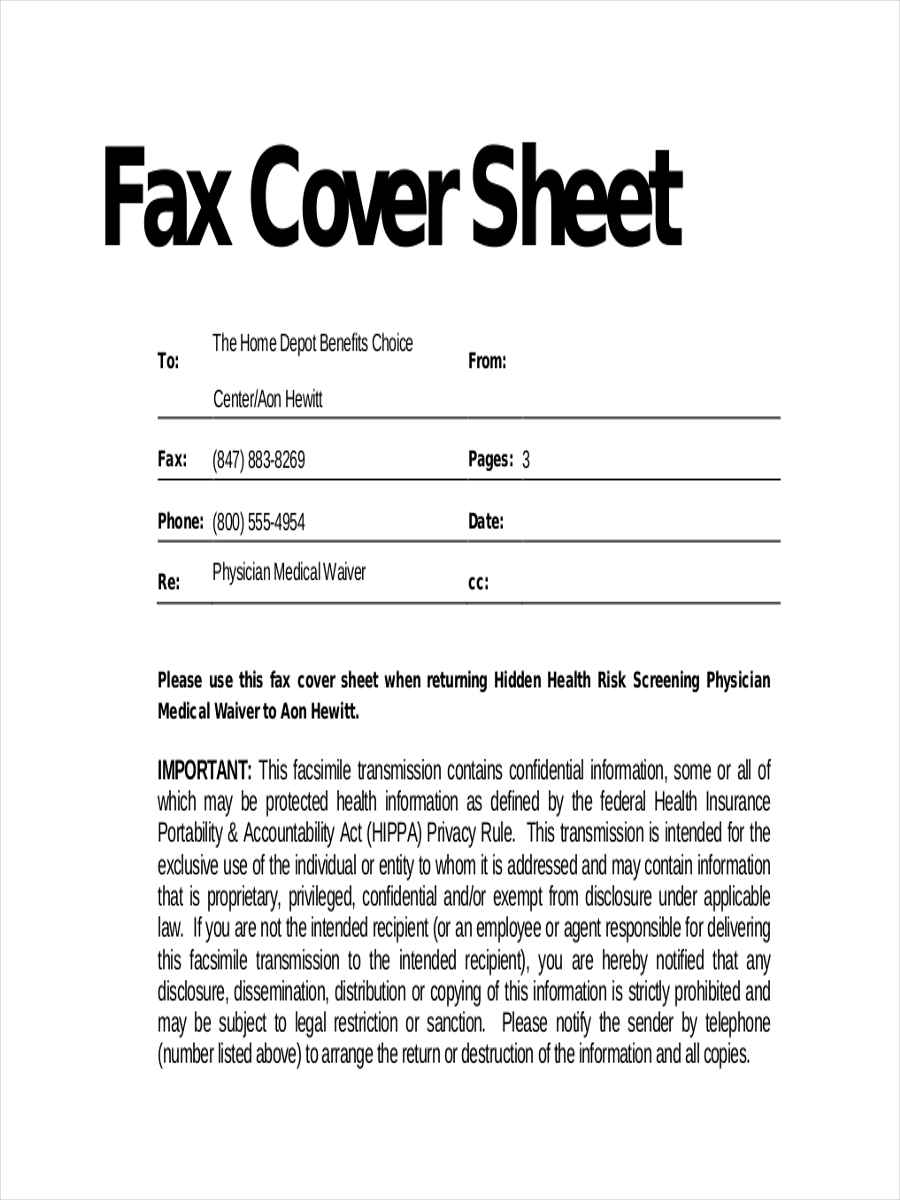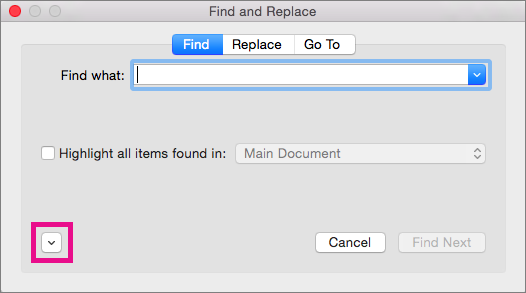

The new fonts span the various sans-serif styles-humanist, geometric, swiss-style, and industrial-and we’ve interviewed the designers of each to help bring their nuances and unique personality to life. In typeface design, the space and shapes between letters is just as critical as the letter shapes themselves. The design of an individual letter may be artistic but getting all these individual letters to work together to make words, sentences, and paragraphs is a science of its own. The degree to which seemingly minute differences in typography can create visceral responses (who can forget the infamous Papyrus sketch on Saturday Night Live?) is a testament to the art and science of font design. Five new fonts: Meet Tenorite, Bierstadt, Skeena, Seaford, and Grandview And don’t worry if the font you love best isn’t chosen as the next default all of them will be available in the font menu, alongside Calibri and your other favorite fonts in your Office apps in Microsoft 365 and beyond. Head over to social and tell us your favorite. We’re excited to share these brand-new fonts with you today and would love your input. To help us set a new direction, we’ve commissioned five original, custom fonts to eventually replace Calibri as the default. It has served us all well, but we believe it’s time to evolve. And just as people and the world around us age and grow, so too should our modes of expression.Ĭalibri has been the default font for all things Microsoft since 2007, when it stepped in to replace Times New Roman across Microsoft Office. A default font is often the first impression we make it’s the visual identity we present to other people via our resumes, documents, or emails.

Still, while default fonts may not have the same flair as some of their more eye-catching cousins (we’re looking at you, Bauhaus 93 and Showcard Gothic), they communicate a distinct personality in their own quiet way-a personality that by extension becomes our personality as well.

When a font blends into the background of a user experience, people can jump right into the creative process and stay grounded in their thoughts rather than thinking about the form those thoughts take. We seldom give them much thought, and therein lies their greatest gift. Press Shift+F3 as many times as necessary to get the capitalization the way you want it for the selected words.We’ve commissioned five new custom fonts– which should be the next default font?ĭefault fonts are perhaps most notable in the absence of the impression they make.Press Esc to get rid of the Find and Replace dialog box.Word selects all the words that match the pattern you specified in step 2. Use the drop-down list under the check box to select Main Document.In the dialog box, make sure you select the Highlight All Items check box.Set up your wildcard search as you normally would to locate all the words that have the initial caps letter.The Find tab of the Find and Replace dialog box. Click the More button, if it is available.Press Ctrl+F to display the Find tab of the Find and Replace dialog box.You can, however, easily change the case of those letters by following these general steps: The closest you can achieve is to create a macro that will use Find and Replace to step through all instances of your capitalized words and individually change the case of them. There is no way to do this in Word, at least not using Find and Replace by itself.
#Microsoft word find and replace with lowercase how to
He thought of using a Replace string, but didn't know how to create one that would do that. However, David was unable to figure out how to change the initial capital to lowercase.

Using wildcards, he wrote a Find string that correctly found capitalized words. David wanted to find words with an initial capital letter and change the initial capital letter to lowercase.


 0 kommentar(er)
0 kommentar(er)
